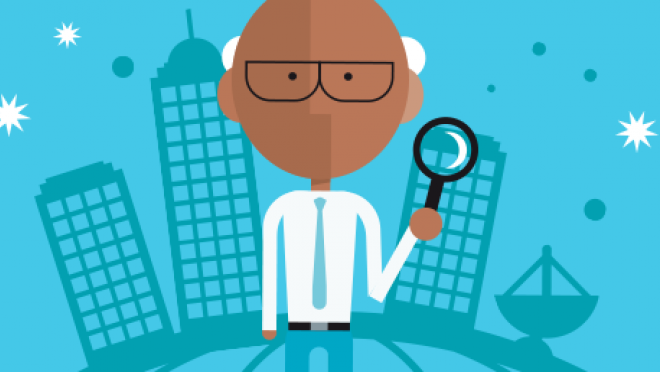About Us

The Smithsonian Science Education Center is transforming K-12 Education Through Science™ in collaboration with communities across the globe. Download the video transcript.
Download the SSEC Organizational Chart.
Visit our Director's Corner to learn how we are achieving our mission!
Message From Our Director
Welcome to the website of the Smithsonian Science Education Center (SSEC), the only organization at the Smithsonian Institution that is solely dedicated to formal K-12 Education. The SSEC was established in 1985 as the National Science Resources Center (NSRC) under the sponsorship of two prestigious institutions: the Smithsonian Institution and the National Academy of Sciences. In 2012, our name changed to the Smithsonian Science Education Center to reflect our mission: transforming K-12 Education Through Science™ in collaboration with communities across the globe.
To achieve our mission, we have Programmatic Goals:
- Develop exemplary standards-aligned curriculum materials and digital resources.
- Support the professional growth of K-12 teachers and school leaders.
- Build awareness for STEM education and providing leadership development.
- Engaging in outreach and research to help schools, school districts, state education agencies, and ministries of education implement transdisciplinary, inquiry-based science education programs.
We also have Operational Goals and Pan instituional Goals.
The SSEC achieves its operational goals by:
- Aligning with the work of our Finance and Administration, Advancement and Partnerships, and Executive Office.
- Transforming SSEC’s effectiveness and excellence, and position SSEC for success by achieving its organizational imperatives.
The SSEC achieves its pan-institutional goals by:
- Demonstrating that we are committed to collaborate with our Smithsonian colleagues, federal partners, and National Academies of Sciences, Engineering and Medicine (NASEM), and InterAcademy Partnership (IAP) colleagues to translate scientific research and collections into meaningful tools and convenings for K–12 teachers and students to spark their interest in STEM.
- Ensureing a sustainable and scientifically literate planet.
By bringing Smithsonian Science into the K-12 classroom, we can help students and teachers unlock the mysteries of the world through science. The Smithsonian Science Education Center connects students in urban, rural, and suburban areas to their communities and to a world of discovery around them to work on solving real-world problems that ensure a sustainable planet.
Our educational approach is straightforward, revolutionary, and results-oriented. The SSEC’s portfolio of training and leadership programs, curricula, digital assets, and resources have captured the attention of national and international experts. As a leader in science education reform for 40 years, the SSEC has a long-standing history of serving schools, districts, states, and ministries of education throughout the world.
At the heart of our work is promoting active, inquiry-based teaching and learning in K-12 science, technology, engineering, and math (STEM) education so that all all students and teachers are included in STEM opportunities and recognize themselves in STEM and to advance K-12 STEM education for a more sustainable future.
This is why our mission at the Smithsonian Science Education Center is so important.
So, I invite you get to know the Smithsonian Science Education Center better. Peruse our website. Contact us directly. We draw inspiration and knowledge from you, from our dedicated Advisory Board, from our generous donors, and from our partners at the Smithsonian Institution more broadly so we can directly incorporate what we learn into your science classroom. Come. Join us.
Dr. Carol O’Donnell
Douglas M. Lapp and Anne B. Keiser Director of the Smithsonian Science Education Center
The Smithsonian Science Education Center works to empower the next generation of decision makers, capable of making the right choices for the future of humanity. Download the video transcript.